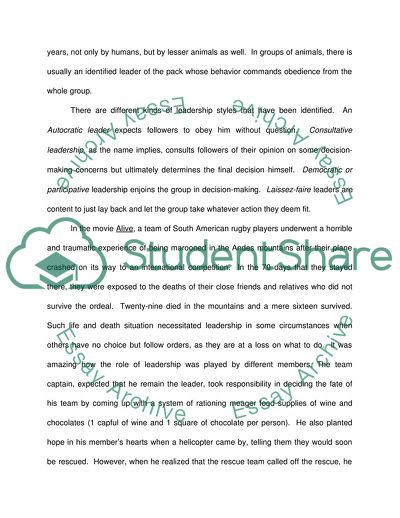Cite this document
(The Dimension of Leadership in the Movie Alive Review, n.d.)
The Dimension of Leadership in the Movie Alive Review. https://studentshare.org/visual-arts-film-studies/1707266-group-dynamics-tutors-guide
The Dimension of Leadership in the Movie Alive Review. https://studentshare.org/visual-arts-film-studies/1707266-group-dynamics-tutors-guide
(The Dimension of Leadership in the Movie Alive Review)
The Dimension of Leadership in the Movie Alive Review. https://studentshare.org/visual-arts-film-studies/1707266-group-dynamics-tutors-guide.
The Dimension of Leadership in the Movie Alive Review. https://studentshare.org/visual-arts-film-studies/1707266-group-dynamics-tutors-guide.
“The Dimension of Leadership in the Movie Alive Review”. https://studentshare.org/visual-arts-film-studies/1707266-group-dynamics-tutors-guide.


